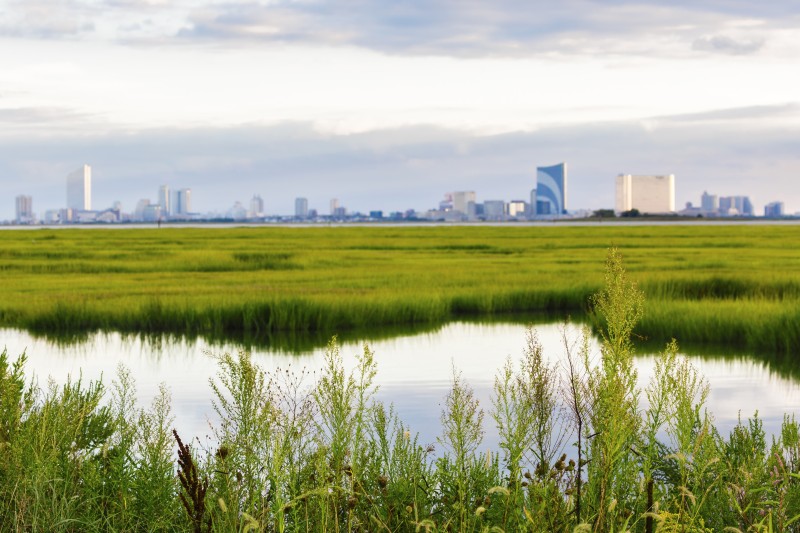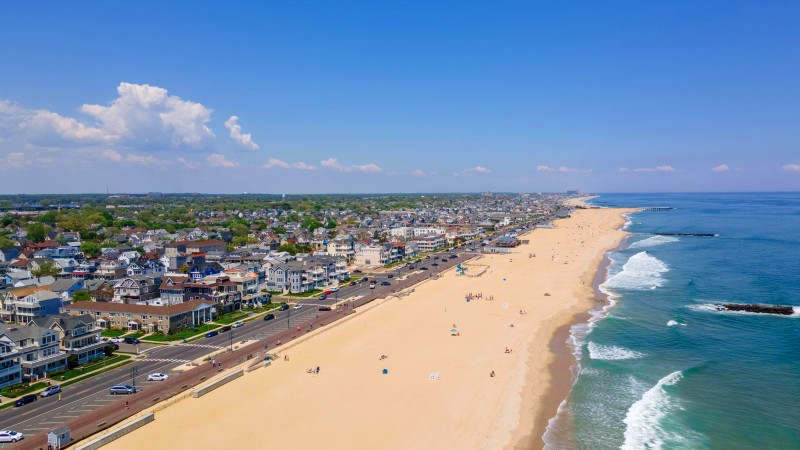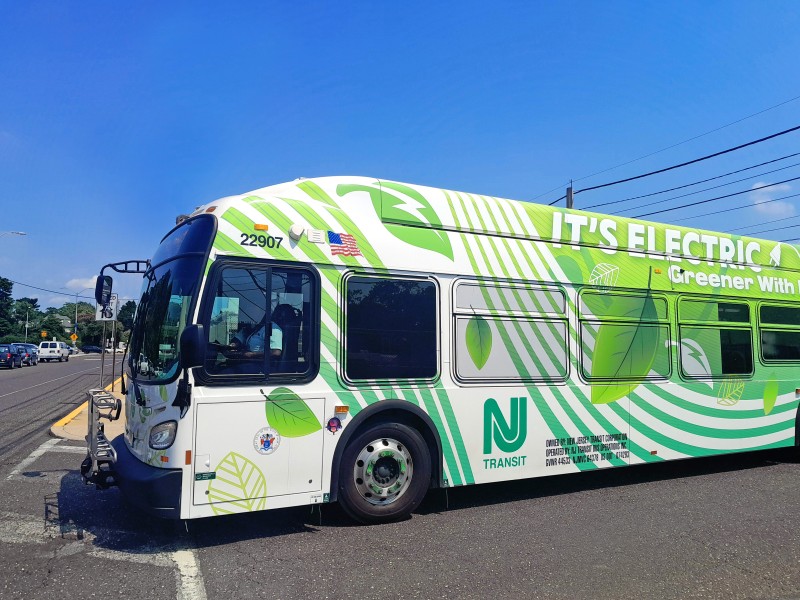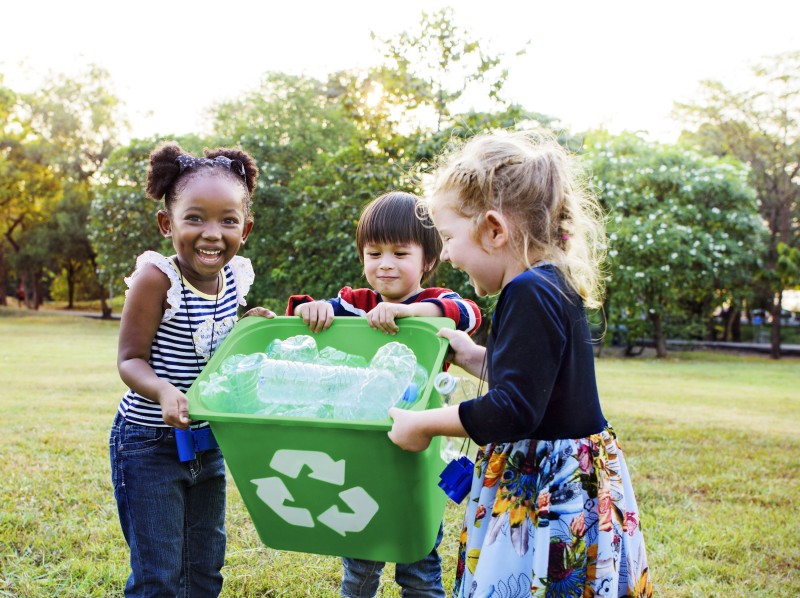Introduction
The New Jersey League of Conservation Voters Education Fund (New Jersey LCV Education Fund) is pleased to present the 2026 Environmental Policy Guide: Enviro Fix in ‘26.
Drawing on the expertise of over twenty-five partner organizations -- including environmental, justice, community-based, health, student and civil rights groups -- this broad and holistic compendium illustrates environmental, public health issues and equity challenges facing New Jersey and our communities, as well as the opportunities that lie ahead.

Climate
Perhaps one of the most understated yet wide-ranging effects of climate change is the negative impact it has on human health. While climate affects all of us, health impacts are disproportionately experienced by our most vulnerable populations, leading to a host of equity concerns. In 2019, over 70 US medical and public health groups declared climate change as a “health emergency, ” and the current trajectory suggests that the negative effects being observed now will compound over time.
From 2011 to 2023, New Jersey received $7.4 billion in postdisaster assistance from the federal government, and there were 14 federally declared climate disasters by county (New Jersey Atlas of Disaster).
Protecting New Jersey’s vulnerable populations from the health impacts of climate change will require a holistic, multiagency approach that addresses the root causes of these disparities. It is critical that any incoming administration continue to build on—and expand—the prior administration’s work to address climate change impacts.
Historically, New Jersey’s low-income communities and communities of color have been subject to undue environmental and public health stressors, including exceptionally high levels of air and water pollution. Additionally, overburdened or environmental justice communities are likely to live near flood zones and have antiquated infrastructure that is not able to handle today’s rainstorms. Climate change only exacerbates these stressors.
Key Policy Actions
- Create a Whole-Government Approach to Mitigate Climate
- Adapt to Worsening Climate Impacts
- Sustainability Manage Stormwater to Reduce Flooding and Improve Water Quality
- Promote a Healthy and Resilient Coast
- Climate Proof the Meadowlands
- Explore Natural Solutions to the Climate Crisis
- Support Climate Education and Career Development in New Jersey Schools
- Establish a Civilian Climate Corps in New Jersey
- Reduce Food Waste to Reduce Greenhouse Gas Emissions

Air
At the federal level, the Clean Air Act—the United States federal law that limits national air pollution—has been a successful piece of legislation in terms of health outcomes. The United States Environmental Protection Agency (EPA) indicated that Clean Air Act amendments that reduce levels of fine particles and ozone prevented an estimated 230,000 premature adult deaths, 280 premature infant deaths, 2.4 million asthma attacks, 120,000 emergency visits, 5.4 lost school days, and 17 million lost workdays in 2020.
While these statistics give much cause for celebration, New Jerseyans still breathe some of the worst air in the nation. In its 2024 State of the Air report, the American Lung Association found that the Newark-New York City metropolitan area was tied for the 13th-most ozone-polluted city in the nation. Ozone can reach unhealthy levels on hot sunny days in urban environments, making it more difficult to breathe and increasing the frequency of asthma attacks.
The health impacts of transportation powered by fossil fuels affect everyone, but especially vulnerable are children, the elderly, the chronically ill, and low-income households and communities near heavily trafficked freight corridors. In New Jersey, the transportation sector represents the single largest emitter of greenhouse gases (GHGs), accounting for 38 percent of the state’s total GHG emissions in 2020. In addition to releasing GHGs, vehicle emissions release co-pollutants, such as particulate matter that can impair lung function and cause tissue damage.
Pollutants emitted from burning gas, oil, and propane in buildings—especially particulate matter (PM2.5) and gaseous pollutants like nitrogen oxides (NOx), which form ground-level ozone—are a leading cause of poor air quality and premature deaths. In New Jersey, more than 600,000 adults and 167,000 children have asthma, and Black and Latino/a/x communities are more likely to be affected with asthma symptoms, according to the New Jersey Department of Health. Rates for emergency room visits due to asthma are highest in Cumberland, Essex, and Camden Counties.
In the United States, outdoor air pollution was estimated to be responsible for 5–10 percent of the total annual premature mortality in the contiguous United States, according to a 2020 report published in Nature. In New Jersey specifically, long-term exposure to particulate matter from fossil fuel combustion has been responsible for 17,646 premature deaths, according to a Harvard 2021 study, as reported by Environment New Jersey, Research and Policy Center.
In short, air pollution in New Jersey from cars, trucks, industry, and buildings must be reduced—and current air pollution standards enforced—to better protect public health.
Key Policy Actions
- Phase Out Fossil Fuel Infrastructure and Align Gas Regulations and Climate Goals
- Reduce Harmful Emissions from New Jersey Buildings
- Create Healthy Housing for Low-Income Households
- Address Problems Associated with Indoor Air Pollution

Clean Energy
Despite the growth of clean-energy resources, GHG emissions and atmospheric concentrations of greenhouse gases continue to soar. The 2018 Intergovernmental Panel on Climate Change’s special report, Global Warming of 1.5°C, indicates that in order to produce clear benefits to people and natural ecosystems, it is advisable to avoid more than a 1.5°C average warming. To accomplish this, overall global CO2 emissions must decline by roughly 50 percent from current levels by 2030, with moderately negative (i.e., ˗110 percent) net reductions by 2050.
These reductions will be absolutely necessary if the worst impacts from climate change are to be avoided.
Key Policy Actions
- Accelerate Decarbonization Through a Clean Energy Standard (CES) for New Jersey
- Promote Responsibly Development Offshore Wind
- Advance Clean and Affordable Well-Sited Solar Energy
- Create a Twenty-First Century Electric Grid

Mobility
“Transportation is the act of moving goods or people. Mobility is the ability to freely move or be moved. The important difference here is the word ability. Transportation (‘across-carry’ in Latin) describes the act of moving something or someone, whereas mobility (‘capable of movement’) describes the ability of a person to move or be moved. In other words: transportation is something you do and mobility is something you have.”
—Forum for the Future
Key Policy Actions
- Innovate Public Transportation
- Future Proof New Jersey Transit
- Electrify New Jersey’s Transportation System
- Reimagine Roadways: Future Uses and Mechanics
- Implement Complete and Green Streets Programs
- Reduce Transportation Pollution

Water
Water is the lifeblood of our society—we rely on it for drinking, recreation, and to meet our most essential needs—and clean water is a basic human right. We all must continue to work to protect the waters that our families, communities, and economy depend on.
Our waterways face threats from every corner. Pollution from manufacturing and old industrial sites, stormwater runoff, and aging lead pipes can contaminate waterways that we rely on for drinking water, recreational use, and so much more.
Key Policy Actions
- Ensure Safe, Plentiful, and Affordable Drinking Water
- Address Unregulated Contaminants in Drinking Water
- Improve Drinking Water and Wastewater Infrastructure and Management
- Eliminate the Risk of Lead in Drinking Water
- Restore and Enhance New Jersey’s Waters
- Protect the Delaware River Watershed
- Restore Raritan Bay

Land
New Jersey is a national leader in the preservation of open space, farmland, and historic sites. The state’s preservation programs and its policies for wetland protection that have been implemented over the last five decades have resulted in the public ownership or purchase of development rights for more than a third of New Jersey’s land area, protecting over 1.5 million acres, according to the New Jersey Department of Environmental Protection.
However, even with this success, New Jersey will likely be the first state to reach full build-out in the next 25 years or fewer, resulting in no more buildable vacant land. Data shows that of New Jersey’s roughly five million acres, more than two million remain in their natural state as forests, wetlands, beaches, and grasslands. Some of these landscapes would benefit from restoration. Despite being the most densely populated state in the nation, New Jersey provides habitats for more than 400 species of land-dwelling vertebrate wildlife, as well as for 134 freshwater fish species, 336 marine fish species, and thousands of terrestrial and aquatic species. Moreover, 1.5 million shorebirds and as many as 80,000 raptors make migratory stopovers in New Jersey each year.
Key Policy Actions
- Preserve Habitat, Wildlife, and Natural Areas
- Promote Robust Open Space, Farmland, and Cultural Heritage Preservation
- Protect Farmland
- Take Care of Open Space and Increase Access
- Develop New Trails and Maintain Existing Trails
- Create and Invest in More Urban Parks
- Promote Schoolyards for Public Use
- Support and Promote Urban Agriculture
- End Warehouse Sprawl
- Enhance Local Environmental Powers
- Nurture Ecotourism
- Restore the Pinelands
- Protect the New Jersey Highlands
- Protect the New Jersey Palisades
- Create Compact, Walkable Communities
- Encourage Inclusive Redevelopment
- Connect Communities Through Boulevarding

Toxins and Waste Reduction
Protecting families, workers, and our communities from harmful toxins and reducing waste, such as plastics, electronics, and textiles, that clog landfills and incinerators is critical, especially in the face of potential rollbacks by the federal government.
New Jersey needs to take steps to strengthen laws and rules that evaluate potential risks and ensure safer processes from facilities that use hazardous materials, eliminate lead poisoning in children, and close the cycle of waste with plastics, textiles, and electronics.
Key Policy Actions
- Stop Plastic Pollution and Address Microplastics
- Create Lead-Free Healthy Homes
- Stop the Growing Stream of E-Waste
- Close the Loop on Textile Waste
- Ensure the Public’s Right to Know About Environmental Hazards
- Eliminate Lead Exposure to Wildlife